Digital Advertising: what it is and the 8 basic formats

Digital advertising is increasingly gaining ground in companies. Some sectors are no longer conceived almost outside the online environment, such as the reservation of trips and hotels or the consumption of movies and series on demand. There is no doubt that the different formats of digital advertising are increasingly the protagonists of marketing strategies.
But what exactly is digital advertising? What are the most profitable types of ads? What formats can give me the best results? What are you there?
Here I will explain what digital advertising is and the 8 formats that you should not lose sight of to shed a little light on the matter.
What is digital advertising?
The digital advertising is all those techniques dissemination, promotion, and communication payment of a company or brand that launched in the digital environment. The Internet offers us different types of channels and platforms that help us reach our potential audience.
Besides, one of the differentiating factors of digital versus offline advertising is the great capacity for segmentation and truly reaching those people who may be interested in our service or product.
Examples of ads are the banners you find on different pages or applications, the oldest digital advertising format. Some banners are a simple image with a 1: 1 ratio and some occupy the entire background of the page, common in the media.
Examples of ads are the banners you find on different pages or applications, the oldest digital advertising format. Some banners are a simple image with a 1: 1 ratio and some occupy the entire background of the page, common in the media.
Or the audiovisual ads that you find among the YouTube videos. There is a video ad format that lasts only 6 seconds and is called a bumper ad.
The 8 digital advertising formats that you cannot lose sight of
Now I am going to tell you which are the 8 most important formats of digital advertising. I invite you to read it,
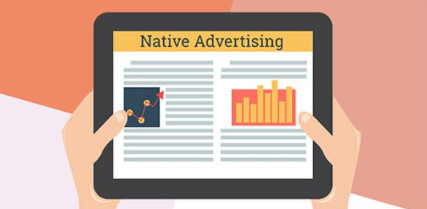
The native advertising is integrated into the content or platform published without causing disruption in navigation. In this digital advertising format, it is possible to unleash all of our creativity to entertain, surprise, and add value to our target audience, forming part of a fluid user experience.
The 8 digital advertising formats that you cannot lose sight of
Now I am going to tell you which are the 8 most important formats of digital advertising. I invite you to read it,
1) Native advertising

Faced with the growth of ad blockers such as AdBlock Plus, the answer is not to try to limit their use to force users to consume our ads: it is to respect their freedom of choice and use native advertising to give them content that they really want to consume.
2) Email Marketing
The market offers many quality databases with different segmentations as a first step to create our email marketing campaign. But the possibilities of this format go further the more we manage to segment our audience. To do this, we can launch content download campaigns in exchange for an email, creating a database of interested leads.As our database grows, we can subdivide it into increasingly specialized groups and target email retargeting campaigns. The goal is to arrive at just the right time and with the right message to achieve the maximum impact with our emails.

Social ads are among the most interesting digital advertising formats since they have millions of users and allow you to segment to reach your target audience. Use advertising on social networks to maximize your presence on these platforms, taking advantage of their different characteristics and options:
Facebook Ads: thanks to its Power Editor, Facebook Ads are a tool with many possibilities. To take advantage of its full potential, reflect on what you want to achieve with your campaign: increase your publications? Improve brand branding? Achieve conversions on your website? Choose the type of ad that best suits your objectives, and don't forget to measure and optimize the results.
Twitter Ads: Twitter advertising never ceases to amaze with new options. They have recently launched the Conversion Lift tool, which allows us to configure our campaigns to test multiple variables and focus the budget on those that give the best results.
3) Social Ads

Facebook Ads: thanks to its Power Editor, Facebook Ads are a tool with many possibilities. To take advantage of its full potential, reflect on what you want to achieve with your campaign: increase your publications? Improve brand branding? Achieve conversions on your website? Choose the type of ad that best suits your objectives, and don't forget to measure and optimize the results.
Twitter Ads: Twitter advertising never ceases to amaze with new options. They have recently launched the Conversion Lift tool, which allows us to configure our campaigns to test multiple variables and focus the budget on those that give the best results.
Instagram Ads: the most visual social network is also strongly committed to advertising. The last year, they have expanded their offer of sponsored content with 30-second videos, landscape photographs, and the Marquee tool. Discover in this guide the best way to create Instagram Ads.
4) Display

But the answer is not in trying to bypass the blockers to invade the user, but in creating ads that are really worth seeing.
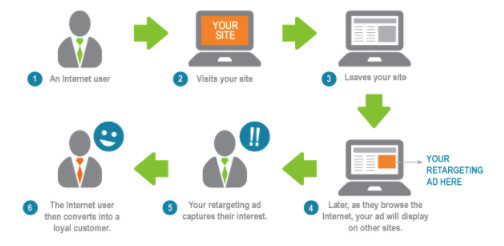
Go a step further with an online display that uses web page ad formats wisely to display personalized ads. The retargeting takes advantage of user information collected through cookies to show ads more suited to their past actions. This way, we will create really relevant and timely advertising and, therefore, with a better chance of success.
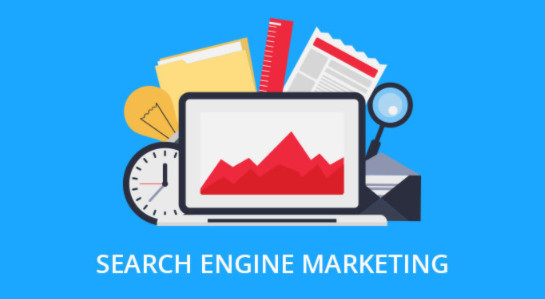
The SEM is creating advertising campaigns of ads per click in search engines such as Google or Bing. It is one of the most widespread digital advertising formats when it comes to creating written ads. The key to its success is that it responds in a real way to users' needs since it is based on the keywords they are looking for (for example, “car rental in central Madrid”).
To maximize our SEM campaigns' effectiveness, Google Ads offers the option of creating search engine ad campaigns combined with retargeting lists. For example, we can show ads only to those who have visited a specific page on our website in the last 30 days. Can you imagine all the possibilities to get conversions?
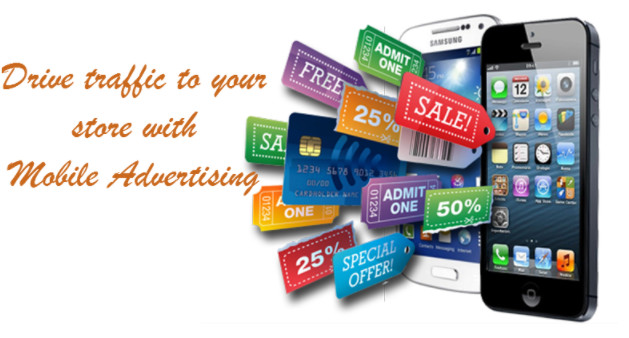
All advertising formats should be thought for mobile devices. Most consumers own one, and it is the device they spend the most hours browsing. According to Google, 2015 was the year in which mobile searches surpassed those of computers, and this trend is unstoppable.
5) Online Retargeting

6) SEM

To maximize our SEM campaigns' effectiveness, Google Ads offers the option of creating search engine ad campaigns combined with retargeting lists. For example, we can show ads only to those who have visited a specific page on our website in the last 30 days. Can you imagine all the possibilities to get conversions?
7) Mobile Ads

So instead of adapting your web campaigns to mobile, the time has come to put mobile-first and give it all the prominence it deserves.
Google understood long ago in its organic positioning, if a page does not have a mobile version, it does not index that page. To give an example of mobile importance.
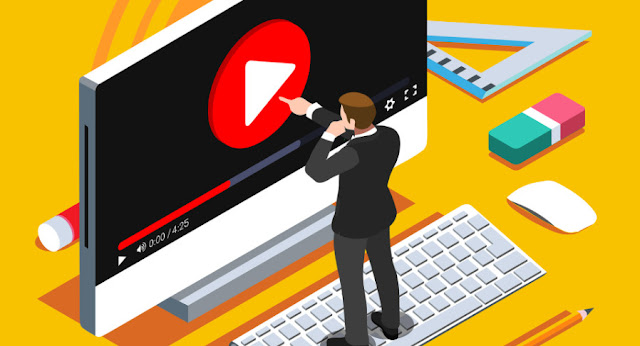
Video is very effective, as it achieves better CTRs than traditional advertising and makes it easier to boost a campaign. It is a format that is becoming increasingly popular and, thanks to the speed of connections and the ever-increasing size of mobile screens, you no longer have to limit yourself to desktop campaigns.
Google understood long ago in its organic positioning, if a page does not have a mobile version, it does not index that page. To give an example of mobile importance.
8) Online video

The biggest obstacle to video is users' rejection of pre-roll formats (another of the ads commonly removed by ad blockers ). To overcome this, bet instead on Youtubers and native video advertising, and you will see how your marketing plan succeeds.
Although some of the concepts that I propose are not a format in themselves, a compendium of them, I wanted to highlight those that are standing out above the rest.
Although some of the concepts that I propose are not a format in themselves, a compendium of them, I wanted to highlight those that are standing out above the rest.
Advertising on social networks, making video ads, or betting that all your advertising content is responsive to mobile devices, is imperative in any digital marketing and advertising strategy.







0 Comments